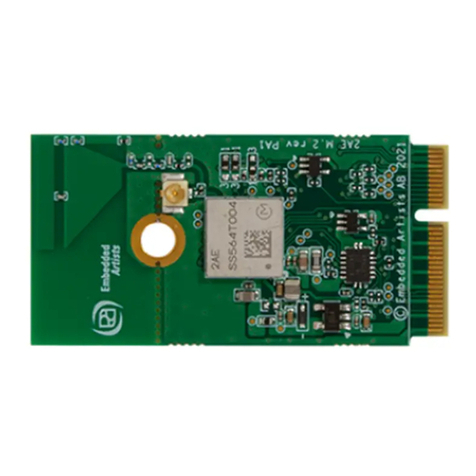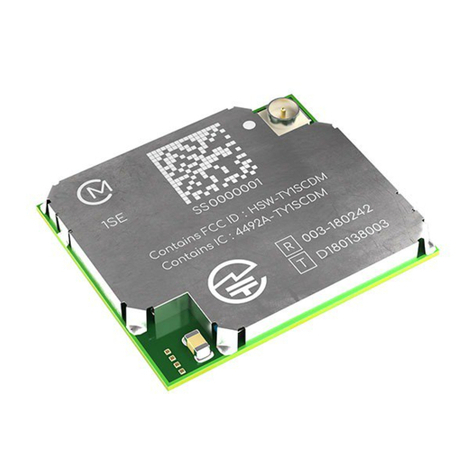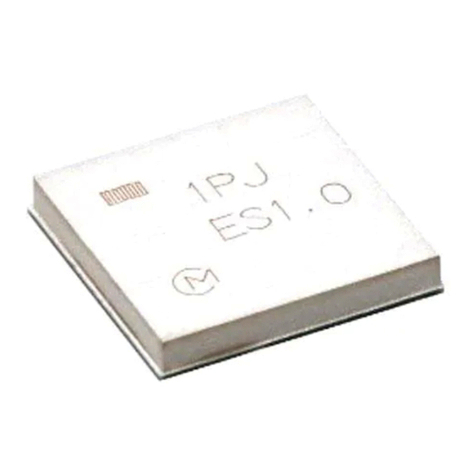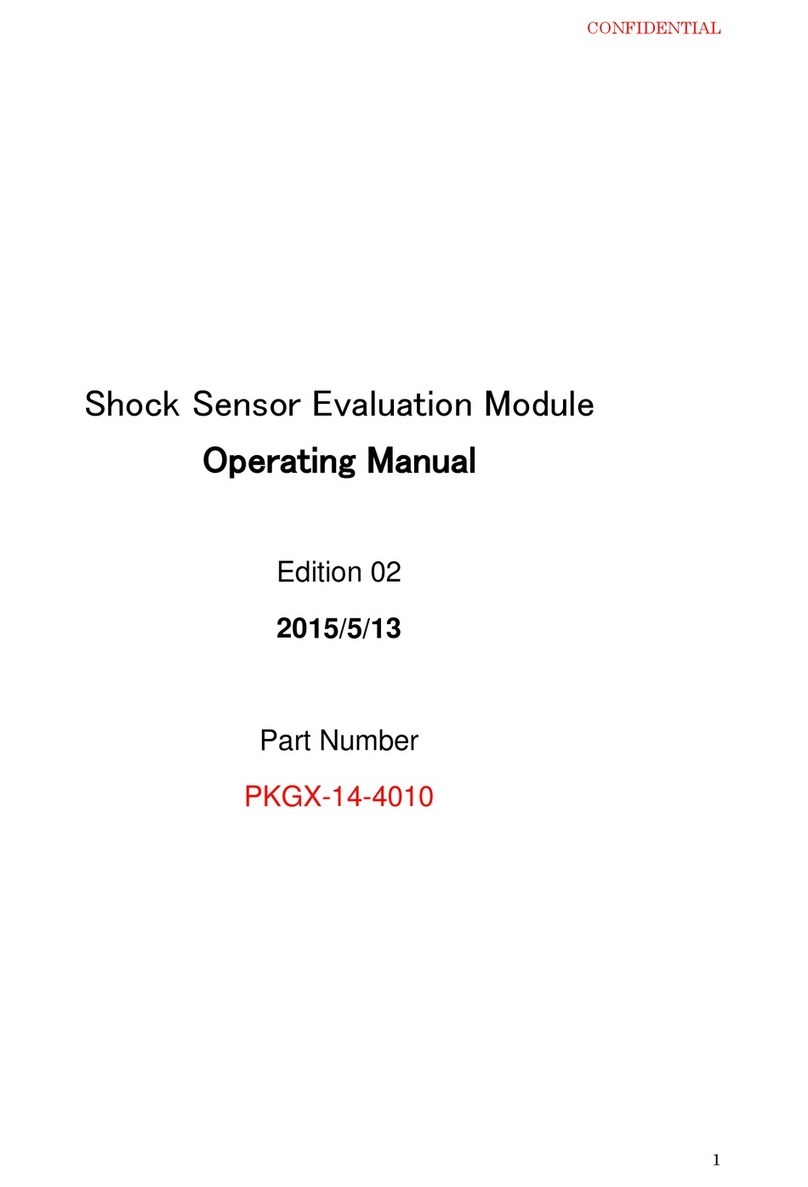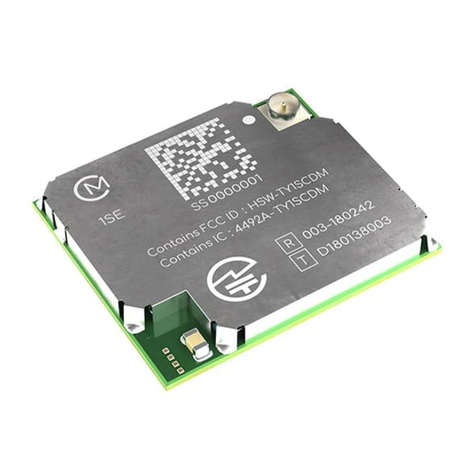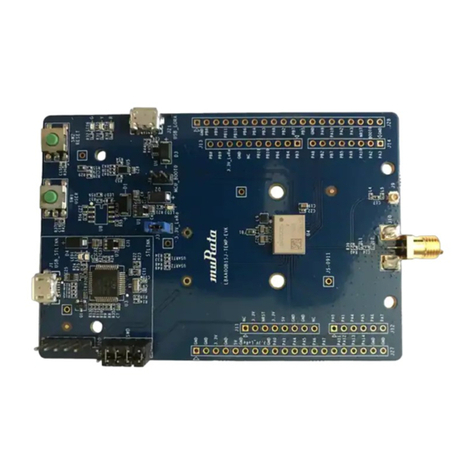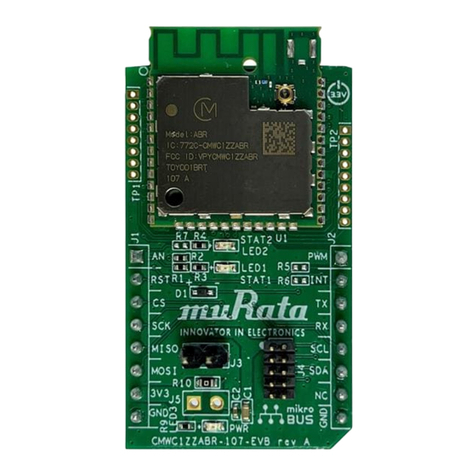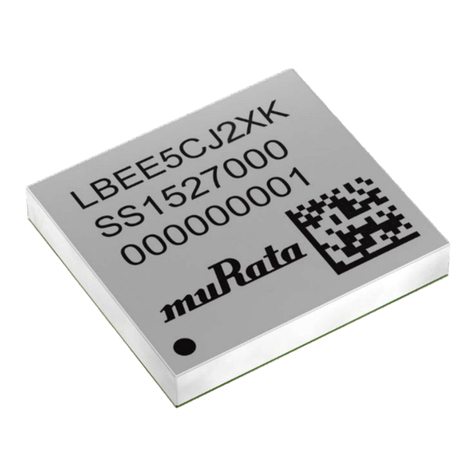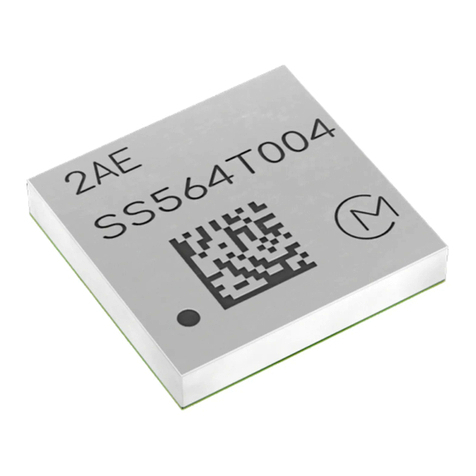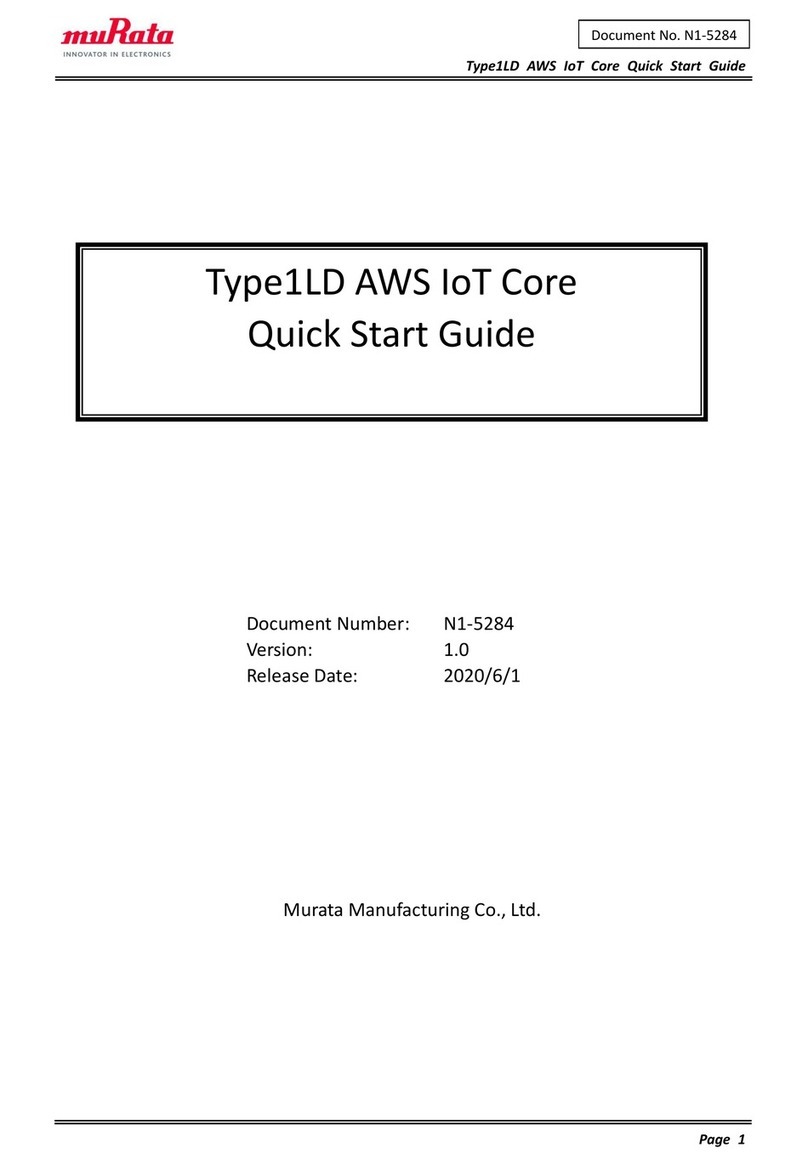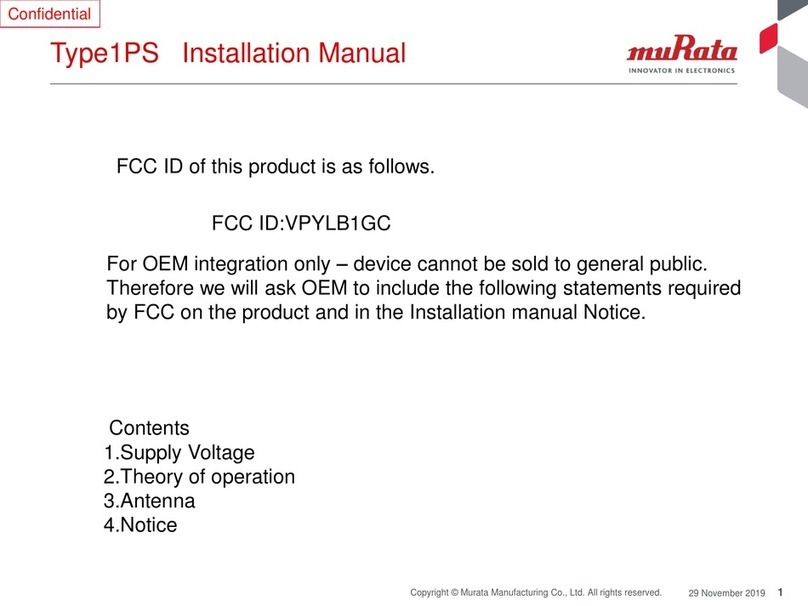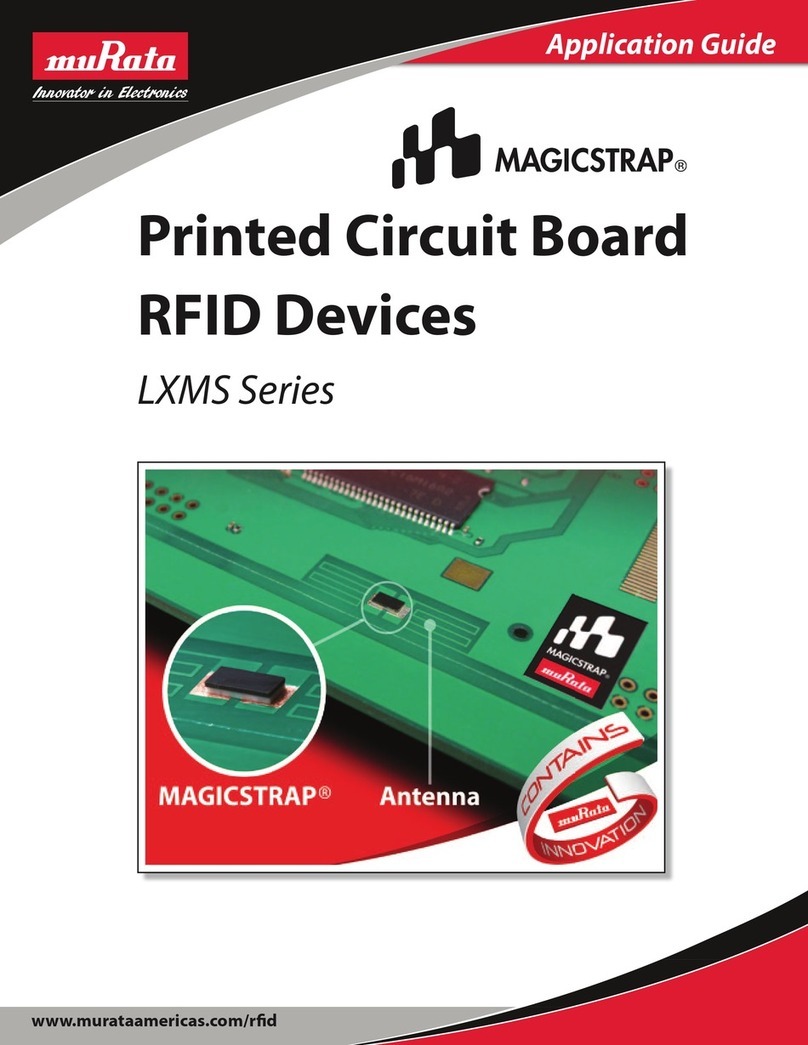
Type1LD Application note HW
Page 3
TABLE OF CONTENTS
1Module introduction ................................................................................................................4
1.1 Type1LD Introduction.........................................................................................................4
1.2 Block Diagram.....................................................................................................................4
2Reference Circuit....................................................................................................................5
2.1 Reference Circuit.................................................................................................................5
3HW Design Guideline .............................................................................................................6
3.1 Underneath of module ........................................................................................................6
3.2 External 32.768KHz............................................................................................................7
3.3 Antenna................................................................................................................................7
4. RF Measurement Result.........................................................................................................9
4.1 Tx output power level (at module antenna port) ..............................................................9
4.1.1. WiFi...........................................................................................................................9
4.1.2. Bluetooth...................................................................................................................9
4.2 Rx minimum sensitivity level (at module antenna port) ...............................................10
4.2.1. WiFi.........................................................................................................................10
4.2.2. Bluetooth.................................................................................................................10
5. Current consumption ............................................................................................................11
5.1 WiFi ....................................................................................................................................11
5.1.1. Tx/Rx current consumption.....................................................................................11
5.1.2. Sleep current consumption.....................................................................................11
5.2 Bluetooth............................................................................................................................12
5.2.1. BLE current consumption .......................................................................................12
6. Throughput performance......................................................................................................13
